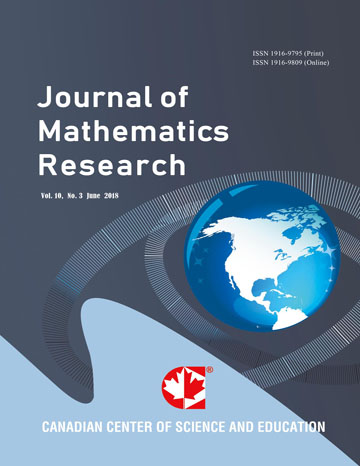Relationalism: Geometric Model of Ceti f Orbital Duration
- Steven DP Moore
Abstract
This work advances a novel relationalistic proposal, a real-world signal constrained Euclidean modeling system that departs from conventional spacetime ontology, physics, or prior relationalistic proposals. Primative geometric elements of time—durations and temporal points—and of space—extensions and spatial points—are defined as relational magnitudes (one-dimensional) and locations (zero-dimensional) respectively. In rishta relationalism, primitive elements form from discrete relations—separate from measurement methods used to predict or quantify them. Using static symmetry, a dynamic system model uses static states of here and now for object and relational geometric element(s), without relying on spacetime, coordinates, or inertial frames. This article focuses on modeling a canonical object-oriented duration (orbital period of Ceti f) using a known measurant duration (Earth’s orbital period) by scaling selected length elements and pairing with temporal elements quantified by modern physics to generate novel spatiotemporal elements. The resulting model is measurable with standard units. Unique spatiotemporal elements, partitioned into units, introduces a novel application for Euclidean translation in relationalism. Rishta relationalism captures primitive metrics in the shared “now,” using a synchronized, omniscient view of an omnipresent universe.
- Full Text:
 PDF
PDF
- DOI:10.5539/jmr.v17n2p69
Index
- ACNP
- Aerospace Database
- BASE (Bielefeld Academic Search Engine)
- Civil Engineering Abstracts
- CNKI Scholar
- DTU Library
- EconPapers
- Elektronische Zeitschriftenbibliothek (EZB)
- EuroPub Database
- Google Scholar
- Harvard Library
- IDEAS
- Infotrieve
- JournalTOCs
- MathGuide
- MathSciNet
- Open policy finder
- RePEc
- ResearchGate
- Scilit
- Technische Informationsbibliothek (TIB)
- The Keepers Registry
- UCR Library
- Universe Digital Library
- WorldCat
Contact
- Sophia WangEditorial Assistant
- jmr@ccsenet.org
